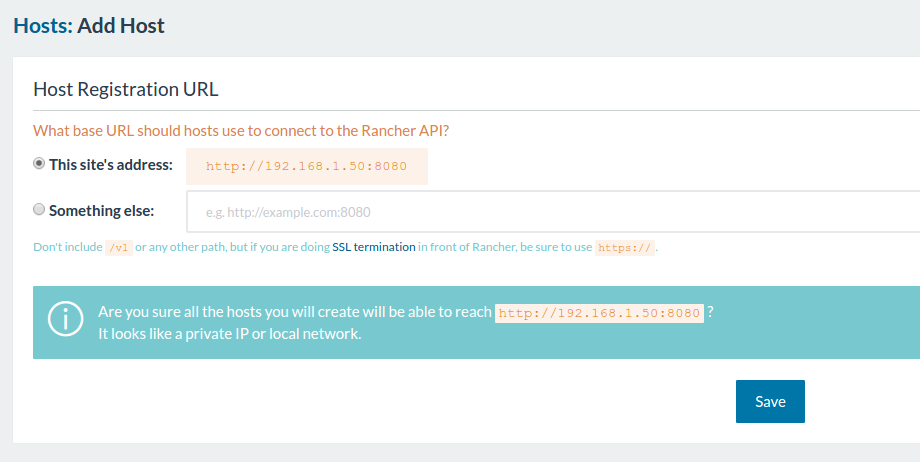

- Sequel pro connect to localhost install#
- Sequel pro connect to localhost update#
- Sequel pro connect to localhost password#
Create Customer to Order Relationships Create Product to Supplier Relationships Create Product to Category Relationships N.reorderLevel = toInt(row.reorderLevel), n.discontinued = (toInt(row.discontinued) 0) N.unitsInStock = toInt(row.unitsInStock), n.unitsOnOrder = toInt(row.unitsOnOrder), LOAD CSV WITH HEADERS FROM "file://" AS row Statements are terminated by a semicolon.ĬREATE CONSTRAINT ON (p:Product) ASSERT p.productID IS UNIQUE ĬREATE CONSTRAINT ON (c:Category) ASSERT c.categoryID IS UNIQUE ĬREATE CONSTRAINT ON (s:Supplier) ASSERT s.supplierID IS UNIQUE ĬREATE CONSTRAINT ON (c:Customer) ASSERT c.customerID IS UNIQUE ĬREATE CONSTRAINT ON (o:Order) ASSERT o.orderID IS UNIQUE If you aren’t using the shell and you prefer to use the ONgDB browser, then you’ll need to execute one statement at a time.
Sequel pro connect to localhost update#
bin/ongdb-shellīefore you copy and paste the Geequel below into the shell to import each one of the CSV files created by each exported table, you’ll need to update the “file://…” paths to match your export location. To import data into ONgDB locally, launch the ONgDB shell by navigating to the installation directory using terminal and launching. Now using the latest ONgDB release, you can continue to follow along with the Geequel below. *Note: If you are planning to use dot notation to access columns by name, then you’ll need to make sure to remove any spaces from the column names in the first row of the CSV files before attempting to import into ONgDB.

Escape values such as quotes with \ so quotes in the middle of the field do not break the CSV structure. NULL fields should export as a blank because it’s more efficient validate an actual existence or IS NULL check rather than actually creating the property with the literal string value “NULL” as value.Ģ. The specific tables we are interested in for our ONgDB graph model are Categories, Customers, Order Details, Orders, Products and Suppliers.Įxport each table with right + click and selecting Export -> As csv file.Ĭustomize the CSV file with settings that import smoothly into ONgDB (most should be selected by default):ġ. When the import is finished you’ll see all the tables available for export to ONgDB. If you’re using Sequel Pro, you do this by choosing File -> Import… -> browse to your download and select
Sequel pro connect to localhost password#
You should be able to do this directly on 127.0.0.1 without any username or password because we skipped the normal process of securing the server. Now using freely available MySQL Workbench or Sequel Pro connect to your localhost MySQL server. *Note: We’re skipping all MySQL server security because for this demonstration its simply an intermediary to get the data we need for the ONgDB LOAD CSV process.
Sequel pro connect to localhost install#
Here we’ll focus on MySQL and the CSV export in preparation for the ONgDB import.įirst we’ll install and connect to the MySQL database: There is an ONgDB tutorial that has a similar explanation using Postgres and discusses the graph modeling aspects as well. But what exactly does the process of converting all or part of the database tables from MySQL to ONgDB using LOAD CSV involve start to finish? We’ll be using the Mysql5 Northwind database as our example. You’ve probably heard that an effective way to take move data from an existing relational database to graph is using LOAD CSV.


 0 kommentar(er)
0 kommentar(er)
